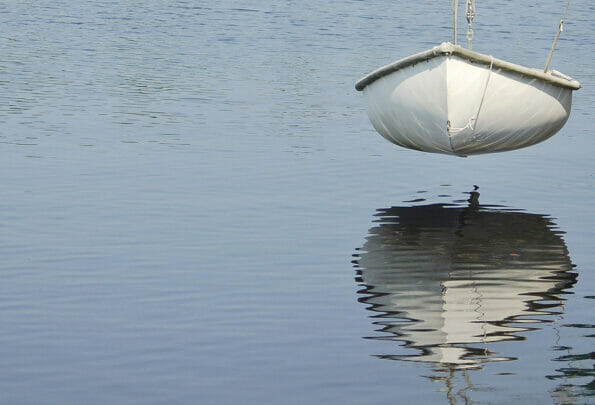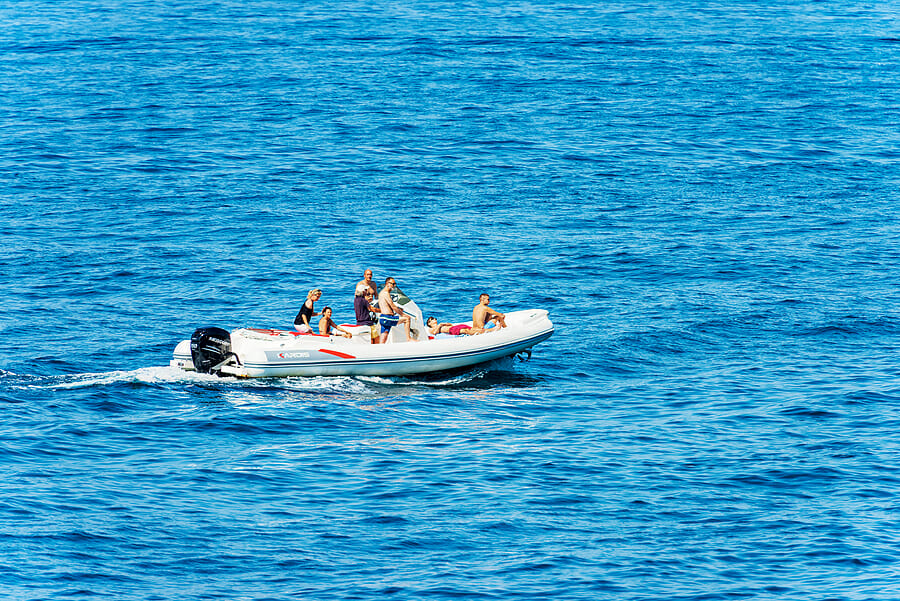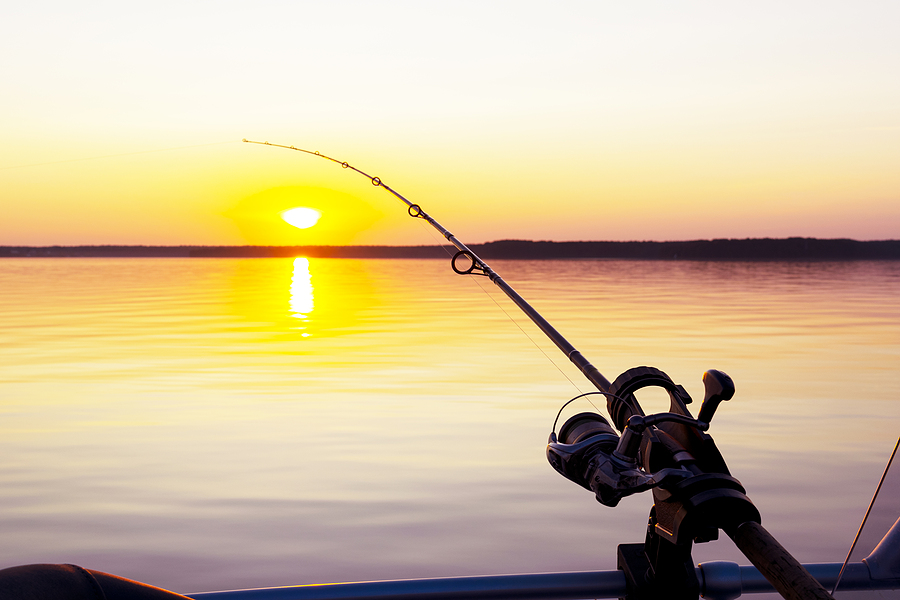A great selection of inflatable and hard-bodied dinghies is available on the market.
Whether you want to take the family out for a weekend or enjoy it for your use, there’s a dinghy that best suits your wants and needs.
There are many things to note when choosing your preferred ride. Firstly, you need to consider what you’ll use your dinghy for.
- Will it be for fishing?
- For swimming?
- Or perhaps just for having a bit of fun with friends and family?
Aside from answering these questions, there are pros and cons to both types of dinghy, so let’s take a closer look at each one and see which one is right for you, whether you are looking for inflatable dinghy or a hard-bodied one.
Inflatable vs. Hard-bodied
Take a look at each type of dinghy and their features below.
Inflatable dinghies
Inflatable dinghies are made from rubberized material and can be extremely lightweight. In addition, you can deflate them once you finish using them so that they take up less space when not in use.
Therefore they’re portable, so you can take them with you on your boat or in the car to use when camping.
Due to their lightweight design, they are an excellent option for cruising. So this type of dinghy is generally faster than hard-bodied dinghies.
This is because they have a lower resistance to movement and a larger surface area for faster speed. They are also more flexible so that they can maneuver more easily.
However, they don’t have as much stability as hard-bodied dinghies and tend to sink if punctured or damaged. Therefore, they are best suited for freshwater use.
However, inflatables are not suited for all conditions because they are prone to punctures, so if you plan on using your dinghy in rocky areas or with sharp objects in the water, you may want to consider a hard-bodied sailboat instead.
They are also more expensive than hard-bodied dinghies.
Hard-bodied dinghies
A hard-bodied dinghy is made from either aluminum or fiberglass, and it will not sink if punctured or damaged. This is the type of boat that sailors and fishermen have been using for decades.
Therefore they are a great choice if you live in a coastal area and if you are planning on using them in salt water.
Due to their material and structure, you can use them in deep water without fear of sinking since they tend to be heavier than inflatable ones.
But some variations are still portable enough for taking on your boat or in the car for trips.
Hard-bodied dinghies are straightforward, but they have their drawbacks.
First, they are not very maneuverable. So it will take some time if you want to turn sharply or change your course.
Second, they can be cumbersome and hard to lift when full of water.
Finally, they don’t offer much protection from the elements—you’ll still get wet if it rains, so you’ll have to bring an additional tarp or blanket if you plan on spending any time on the water.
In addition, they are also more expensive than inflatable ones, but they offer more durability and stability, making them worth their higher price tag.
Carrying Capacity
One of the most important things is how much weight it can carry.
While inflatable dinghies tend to be more expensive than hard-bodied dinghies, they also have a higher carrying capacity.
However, this isn’t always the case, and some hard-bodied dinghies can hold more weight than inflatable dinghies.
While many factors determine how much weight a dinghy can hold, its hull design is one of the biggest influences.
Hard-bodied dinghies generally have less curvature in their hulls than inflatable dinghies, which means they will hold more weight.
In addition, some hard-bodied dinghies have reinforced hulls made with fiberglass or other composites that allow them to hold even more weight than regular fiberglass or plastic hulls would be able to support without being damaged under load.
If you’re looking for a lighter-weight option for your boat with plenty of storage and seating options and room for any other equipment you may need, then an inflatable might be suitable.

Comfort
Inflatable dinghies are not as comfortable as hard-bodied dinghies. They have limited storage space, seats that are not very comfortable, and generally don’t have the same level of amenities as hard-bodied dinghies.
So, while you can use both types of dinghies for recreational purposes, such as fishing or leisurely boating, it is probably best to use a hard-bodied option for these purposes due to their superior comfort levels.
Safety
Safety is among the most important factors when choosing between an inflatable dinghy and a hard-bodied dinghy.
The main difference between the two is that hard-bodied dinghies are made of fiberglass or aluminum, making them sturdier than an inflatable.
Inflatable dinghies are more likely to sink because they don’t have a solid structure. However, it is unlikely to do so if you have an inflatable with a hard bottom and sides.
Maintenance
Both types of dinghies require maintenance to keep them in good condition.
The inflatable dinghy requires a bit more care than the hard-bodied one as it has several parts that you need to inspect for damage, but it is not difficult to do.
Inspect all the seams and check for leaks to check your inflatable dinghy for damage. If there is a leak, you will need to patch it with a repair kit.
If there are any other issues with your inflatable dinghy, such as holes in the floor or broken oars, you need to repair these before you can use your boat again.
A hard-bodied dinghy does not require much maintenance aside from cleaning it off after each use and inspecting it for cracks or other damage that may have occurred during storage or transport.
Final Thoughts
The choice between the two comes down to what you’re looking for in a dinghy.
Both types of dinghies have their pros and cons, and there will never be any one product that’s perfect for everyone.
So make sure you do your research before buying anything.
Image Source: BigStockPhoto.com (Licensed)
Related Categories: Shopping, Entertainment, Reviews








